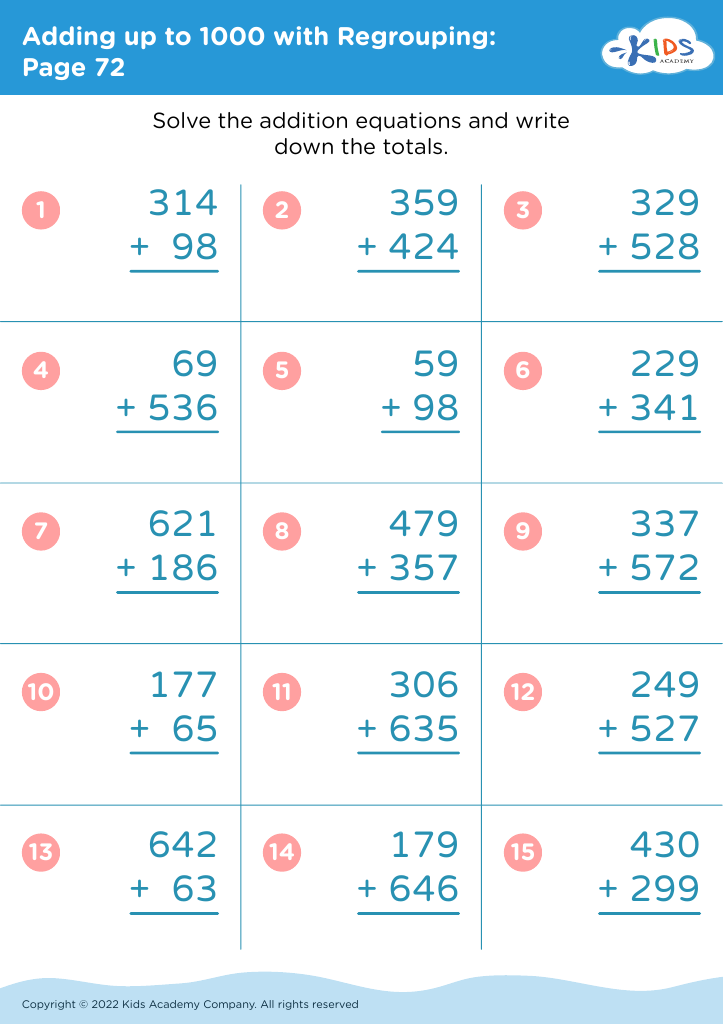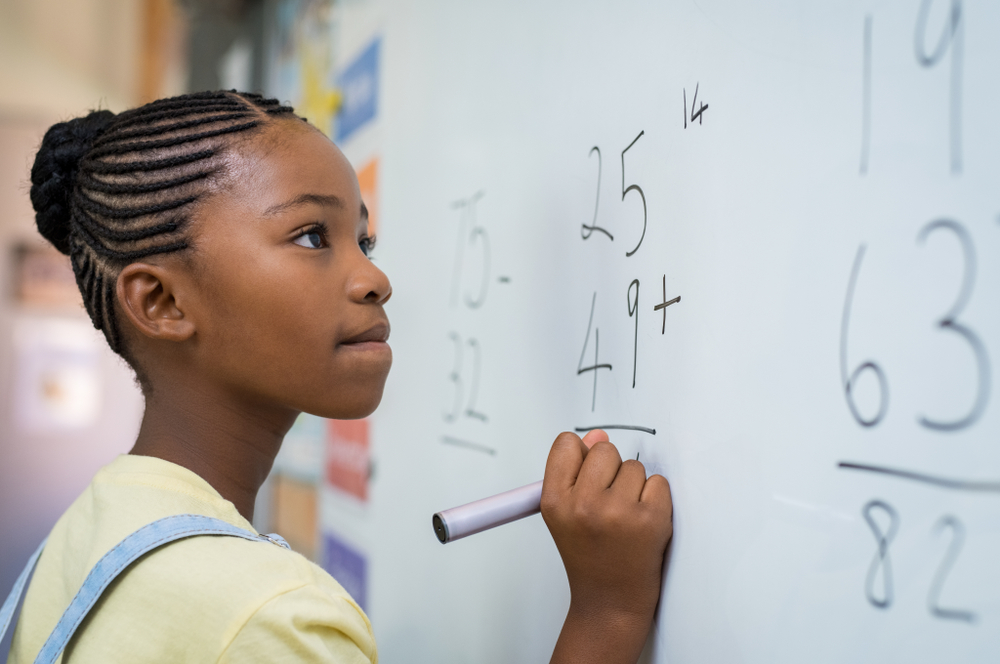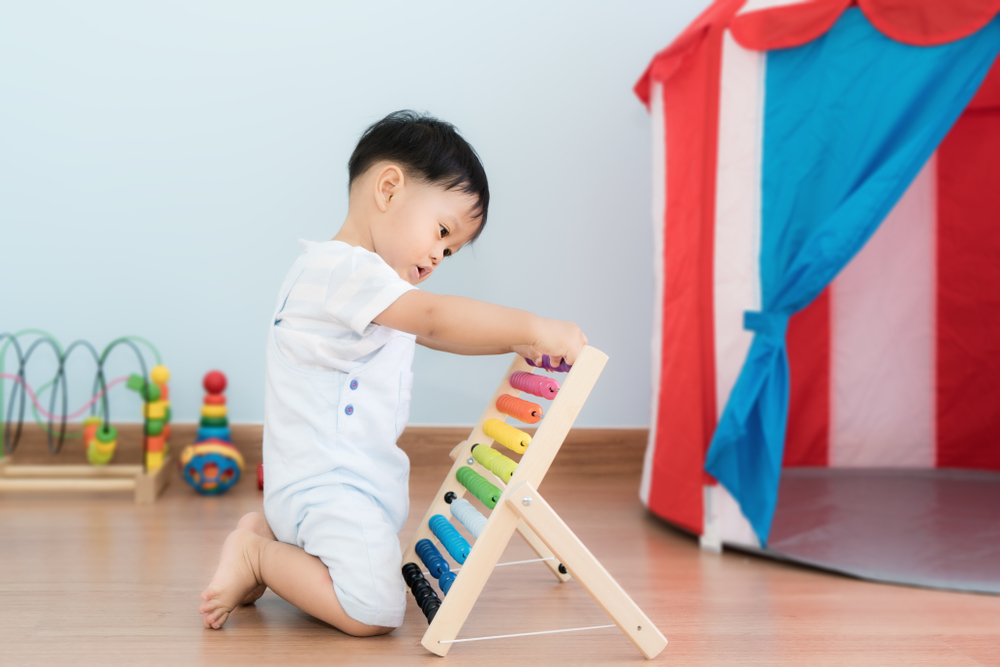Spatial Orientation Worksheets for Ages 5-9
7 filtered results
-
From - To
Boost your child’s cognitive development with our Spatial Orientation Worksheets for Ages 5-9! Designed by educational experts, these engaging and interactive worksheets help young learners grasp the fundamental concepts of spatial awareness. By practicing activities such as identifying directions, following maps, and understanding positional words, children enhance their problem-solving, critical thinking, and navigational skills. Perfect for both classroom and at-home learning, our worksheets make mastering spatial orientation enjoyable and effective. Foster your child's growth today with resources tailored to inspire and educate through fun and meaningful exercises. Explore our collection for a smarter tomorrow!


Going up or Down? Worksheet


Faces of 3D Shapes Worksheet
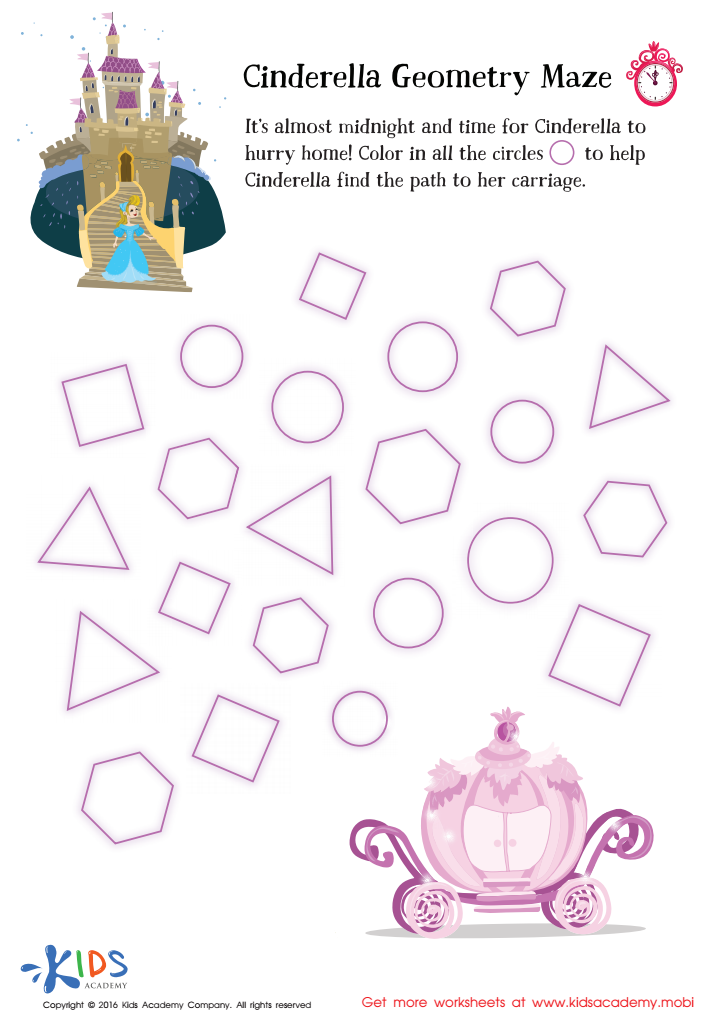

Cinderella Geometry Maze Worksheet


Neighborhoods Worksheet
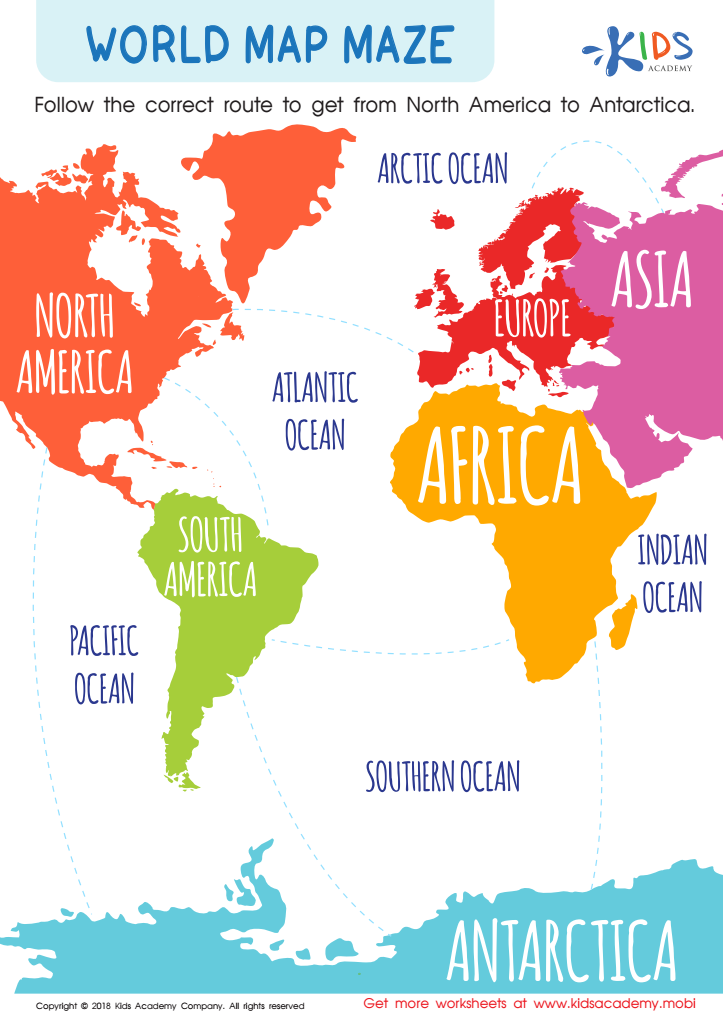

World Map Maze Worksheet
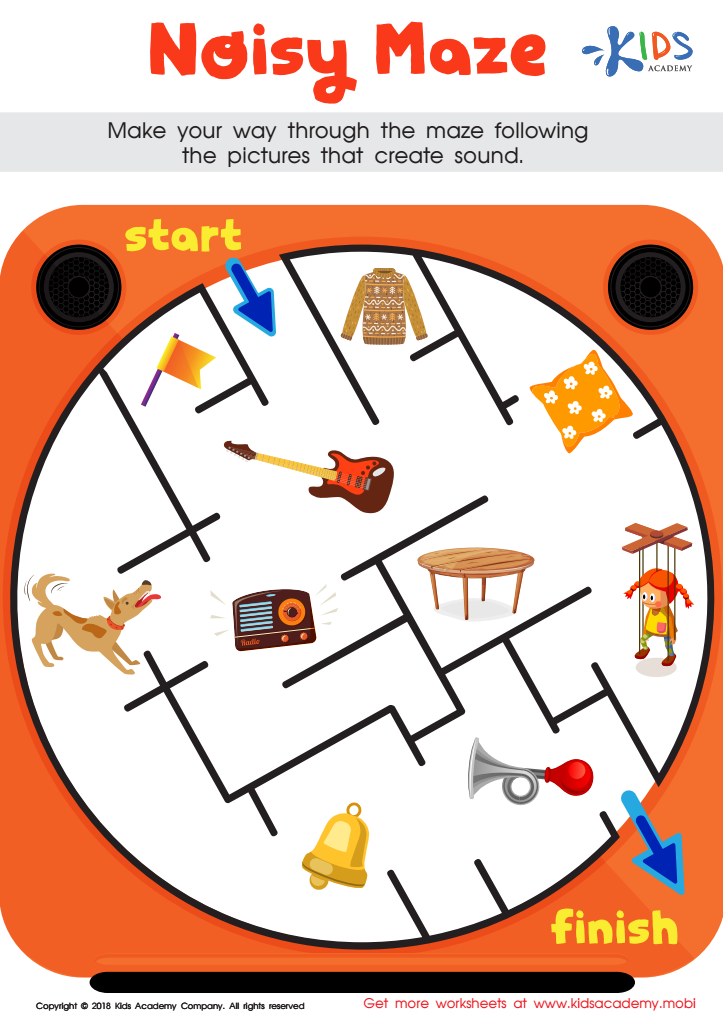

Noisy Maze Worksheet
Spatial orientation is a crucial aspect of early childhood development that parents and teachers should prioritize for children aged 5-9. This cognitive skill helps children understand their physical position relative to the surrounding environment, aiding them in navigating and interacting with the world effectively.
At this age, children are rapidly developing their abilities to interpret and process spatial relationships. This proficiency is fundamental for tasks ranging from simple activities, like building blocks or solving jigsaw puzzles, to more complex ones such as understanding maps, drawing, and playing sports. Improved spatial orientation skills enhance a child's capacity for problem-solving and critical thinking, foundational elements for academic success, especially in subjects like mathematics and science.
Additionally, fostering spatial orientation aids in the development of fine and gross motor skills. As children learn to judge distance and position, they become more adept at physical activities, bolstering their overall coordination and confidence. These experiences also carry social benefits, as children engage more freely and competently in playground games and team sports, building their social skills and friendships.
In summary, nurturing spatial orientation from an early age lays a vital foundation for a child's intellectual, physical, and social development, equipping them with essential tools for success both in school and in their everyday lives.

 Assign to the classroom
Assign to the classroom
